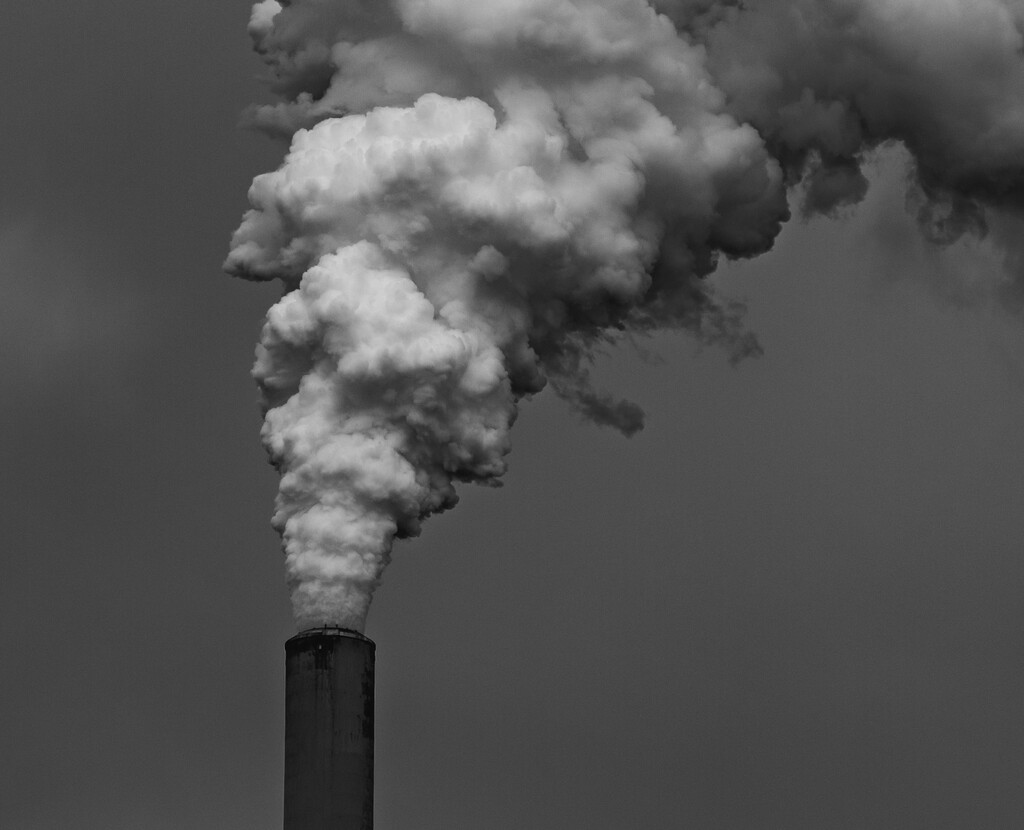Significance of Fume Exposure Analysis at Airflo Sciences
Airflo Sciences recognizes the critical importance of Fume Exposure Analysis in ensuring a safe and healthy environment. This analytical process, undertaken with precision and expertise, holds paramount significance in identifying and mitigating potential hazards associated with fume exposure.
Health Protection
The importance of fume exposure analysis lies in its role in safeguarding the health of individuals in the workplace. By identifying and quantifying airborne fumes, organizations can assess potential health risks and implement measures to protect workers from respiratory issues, allergies, and other adverse health effects associated with fume exposure.
Regulatory Compliance
Fume exposure analysis is essential for regulatory compliance with occupational health and safety standards. Many jurisdictions have established Occupational Exposure Limits (OELs) for various substances to ensure safe working conditions. Analyzing fume exposure helps organizations adhere to these limits, avoiding legal consequences and regulatory penalties.
Risk Mitigation and Prevention
Identifying and analyzing fume exposure risks allows organizations to proactively implement control measures to mitigate potential hazards. This preventive approach reduces the likelihood of workplace incidents, respiratory illnesses, and other health issues related to fume exposure. It contributes to a safer work environment and minimizes the need for reactive interventions.
Key Aspects of Fume Exposure Analysis
Airflo Sciences has a skilled field service team that analyzes samples in accordance with internationally recognized and locally acceptable standards. Our quality-driven and technologically advanced approach provides solutions based on the following parameters:
Air Sampling
Air samples are collected from the workplace or targeted areas where fumes are generated. Sampling methods may include the use of personal air samplers worn by workers, stationary air samplers strategically placed in the environment, or other specialized sampling techniques.
Occupational Exposure Limits (OELs)
The results of fume exposure analysis are compared against established Occupational Exposure Limits (OELs) or other regulatory standards. OELs represent the maximum allowable concentration of a substance in the air over a specific time period to protect worker health.
Health Risk Assessment
Fume exposure analysis contributes to a health risk assessment, evaluating the potential risks associated with exposure to specific substances. This assessment considers factors such as the toxicity of the substances, duration of exposure, and the presence of multiple substances that may interact.
Worker Monitoring
Fume exposure analysis may involve monitoring individual workers’ exposure levels to assess variations in exposure across different tasks or job roles. Personal monitoring helps tailor control measures to specific work activities.
Continuous Monitoring and Improvement
Fume exposure analysis is not a one-time activity but part of an ongoing process of continuous monitoring and improvement. Regular reviews of exposure data and the effectiveness of control measures help maintain a safe and healthy working environment.
Why Choose Airflo Sciences For Air Dispersion Modelling
Airflo employs cutting-edge technology and advanced analytical methods for fume exposure analysis. Our state-of-the-art equipment and methodologies ensure that the analysis is conducted with the highest level of accuracy, providing clients with reliable data to make informed decisions about workplace safety.
Additional Information
Frequently Asked Questions (FAQs)
What is fume exposure analysis, and why is it important?
Fume exposure analysis involves assessing airborne fumes in the workplace to understand their concentration and potential health risks. It is essential for identifying and mitigating hazards, ensuring a safe working environment and compliance with occupational health and safety standards.
How is fume exposure analysis conducted?
Fume exposure analysis is typically conducted through air sampling methods. Air samples are collected using various techniques, and the collected samples are then analyzed in a laboratory using advanced technologies such as gas chromatography and mass spectrometry to identify and quantify specific fumes present.
What are Occupational Exposure Limits (OELs), and why are they important in fume exposure analysis?
Occupational Exposure Limits (OELs) are regulatory standards that specify the maximum allowable concentration of substances in the air to which workers can be exposed without adverse health effects. In fume exposure analysis, comparing results against OELs helps assess potential health risks and ensures compliance with safety guidelines.
What are the health risks associated with prolonged fume exposure?
Prolonged exposure to certain fumes can lead to respiratory issues, irritation of the eyes, nose, or throat, and, in some cases, long-term health effects. Fume exposure analysis helps identify potential risks and implement control measures to protect workers.
How can workplaces reduce fume exposure based on analysis results?
Workplaces can reduce fume exposure by implementing engineering controls, such as proper ventilation systems, using personal protective equipment, and adopting safe work practices. Fume exposure analysis results guide the implementation of effective control measures to mitigate risks.





